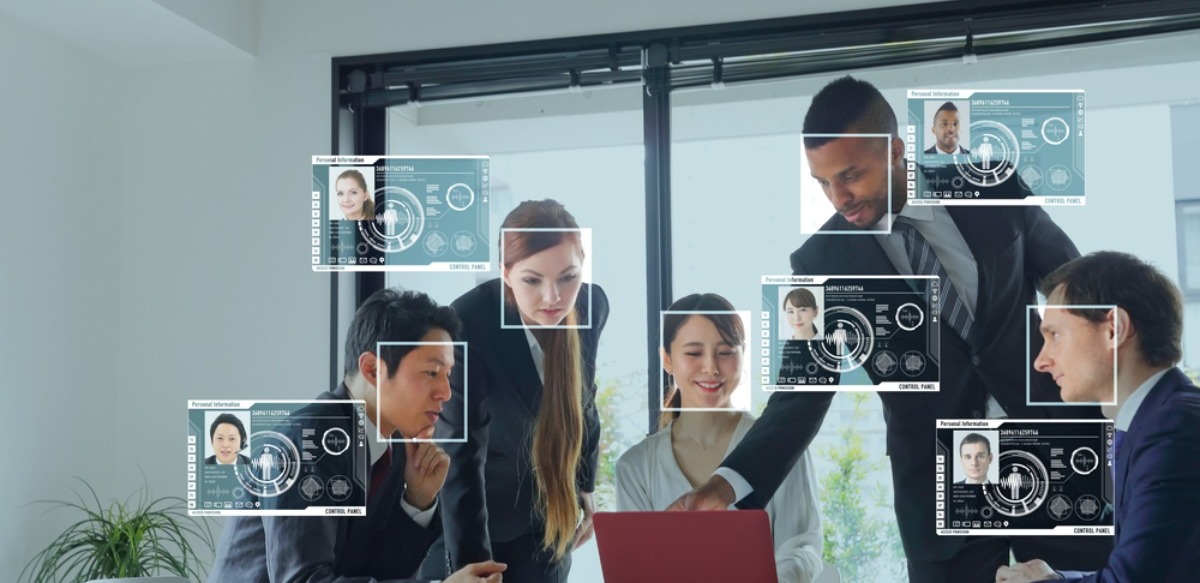AI, NLP, OCR, image recognition, speech recognition, and voice recognition are a few terms that one commonly hears when discussing AI. To those unfamiliar with the terms, however, these concepts can be quite confusing.
Below will clear up that confusion by defining each of these terms.
NLP, OCR, Image Recognition, and More: Key Definitions in AI
Below, we’ll look at some of the most commonly used terms in AI to better understand their meanings and their differences.
Artificial intelligence (AI). Artificial intelligence, or AI, is “intelligence” demonstrated by machines. Although AI cannot think it can mimic cognitive activities. In some cases it can actually perform cognitive activities better than humans, particularly those that require extensive calculations.
Machine learning (ML). Machine learning is a subset of AI. It is a technique that describes a computer’s analysis of data and the use of that data to generate models. Those models are then used to create insights, which can be applied to real-world problems.
Deep learning. Deep learning refers to the use of an artificial neural network to process, analyze, and learn from data. Like neural networks found in human brains, these neural networks consist of “cells” that process data and learn from it. This term is a subset of machine learning that tends to be quite costly, since they process large amounts of data, but they significantly outperform older algorithms.
General AI. General AI is the theoretical concept that artificial intelligence will achieve the same type of intelligence as humans. Namely, general artificial intelligence will be able to think. In terms of cognitive capability, this would put it on par with human beings and would likely drive massive changes to the way we live and work, among other things. Currently, however, general AI is still just theoretical, and some feel that it is not even achievable.
Image recognition. Image recognition refers to a computer’s ability to recognize what a specific image is. By feeding video or images to an AI program, for instance, that program will be able to distinguish between a dog and a cat.
Facial recognition. Facial recognition takes image recognition to the next level: a facial recognition application can connect a face to a person’s identity. Much like a fingerprint, facial recognition is a form of biometric identification that is made possible through AI.
Voice recognition and speech recognition. Voice and speech recognition are sometimes used interchangeably. Others, however, distinguish between the two terms. According to this school of thought, speech recognition is a field dedicated to translating spoken language into text by computers. Voice recognition, however, analyzes a person’s voice and can connect a voice to an identity.
Optical character recognition (OCR). OCR extracts text, such as printed characters or handwriting, from images. Once extracted, it can be exported as text into another application. The digitization of business records is one of the most common uses for OCR, as businesses transfer hard copy records into digital formats.
Natural language processing (NLP). NLP is the field within AI dedicated to processing human language. Includes other subfields and techniques covered here, such as OCR and voice recognition.
Generative AI. Many of the AI techniques that exist today are designed to process and analyze input. NLP, for example, is designed to process human language. Generative AI, on the other hand, actually creates new output. GPT-3 is one example: this model, developed by OpenAI, can create natural-sounding, grammatically correct human language.
Automation. Automation is a general term that refers to the use of computers to perform tasks normally done by humans. Today, automation typically refers to digital automation – that is, automation software that performs digital workflows on behalf of humans. Not all automation is powered by AI, but that is changing.
Intelligent automation. Intelligent automation is sometimes used synonymously with cognitive automation. This type of automation uses AI to increase the cognitive capabilities of automation software. By leveraging AI, automation tools can analyze data, make judgments, make decisions, and perform other cognitive tasks.
Business automation. Business automation is a general term that refers to the automation of business processes. Although it does not strictly refer to artificial intelligence, it has increasingly involved the use of cognitive automation. And years ahead, as both automation and AI continue to evolve, business automation will increasingly involve “intelligent,” or cognitive, capabilities.
Hyperautomation. Hyper automation refers to the convergence of multiple types of automation: robotic process automation (RPA), AI, process mining, analytics, and more. In other words, it refers to the automation of as many business processes as possible.
Final Notes
AI is continuing to evolve, and, as it does, the business world and the economy will evolve with it. Many have actually suggested that we’re undergoing a new industrial revolution right now.
This revolution, however, is not focused on machinery but digital technology.
Through many of the tools and concepts covered above, from AI to OCR to hyperautomation, digital technology promises to radically transform the way we live and work.
To stay ahead in this changing landscape, it is important to prepare for the future of work and the future of business. Learn more by reading the latest articles on our digital adoption blog.




![18 Examples of AI in Finance [2025]](https://www.digital-adoption.com/wp-content/uploads/2025/06/18-Examples-of-AI-in-Finance-2025-300x146.jpg)
![14 Examples of AI in Manufacturing [2025]](https://www.digital-adoption.com/wp-content/uploads/2025/06/14-Examples-of-AI-in-Manufacturing-2025-300x146.jpg)
![29 Examples of AI in Education [2025]](https://www.digital-adoption.com/wp-content/uploads/2025/06/29-Examples-of-AI-in-Education-2025-300x146.jpg)
![15 Examples of AI in Retail [2025]](https://www.digital-adoption.com/wp-content/uploads/2025/06/15-Examples-of-AI-in-Retail-2025-300x146.jpg)
![13 Examples of AI in Healthcare [2025]](https://www.digital-adoption.com/wp-content/uploads/2025/06/AI-in-healthcare-examples-300x146.jpg)


![18 Examples of AI in Finance [2025]](https://www.digital-adoption.com/wp-content/uploads/2025/06/18-Examples-of-AI-in-Finance-2025.jpg)
![14 Examples of AI in Manufacturing [2025]](https://www.digital-adoption.com/wp-content/uploads/2025/06/14-Examples-of-AI-in-Manufacturing-2025.jpg)
![29 Examples of AI in Education [2025]](https://www.digital-adoption.com/wp-content/uploads/2025/06/29-Examples-of-AI-in-Education-2025.jpg)